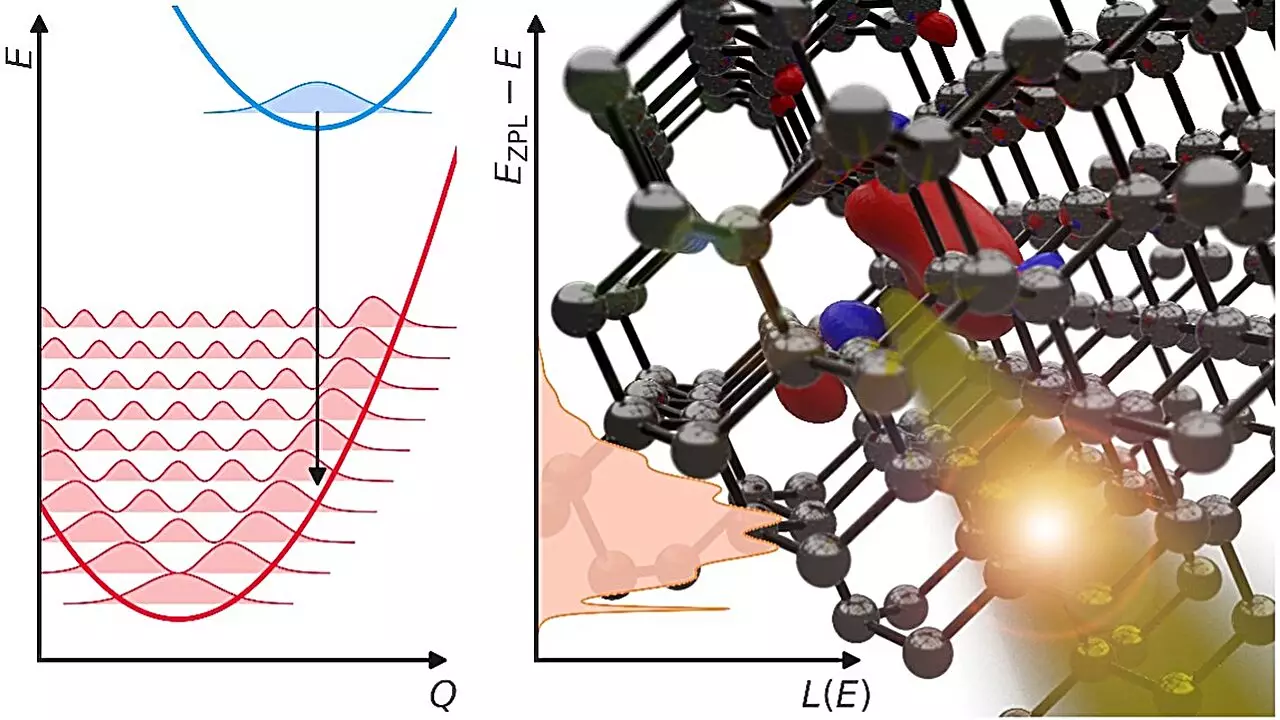In the rapidly evolving world of technology, the marriage of quantum computing with an equally advanced quantum internet is not merely an aspiration; it is an impending reality that could redefine the way we perceive data transmission. The synergy between these two pillars of future technology is crucial for realizing a global network that utilizes the unprecedented power of quantum computing. This integration raises an intriguing question: what is the potential of a quantum computer when disconnected from a corresponding quantum internet? The answer lies within the very fabric of quantum phenomena, particularly the behavior of photons.
Photons: The Beacons of Quantum Communication
Photons, the elementary particles of light, emerge as the stars in the quantum networking universe. Their robustness against environmental interference marks them as ideal carriers of quantum information over significant distances. Unlike other quantum particles, photons interact minimally with their surroundings, preserving the delicate states of entanglement necessary for effective communication. However, tapping into this potential is not as straightforward as it might seem. The successful transmission of quantum data hinges on the generation of photons in specific wavelengths that can be reliably transported through fiber-optic cables. This is where a bottleneck in current technology arises.
One of the principal challenges faced by scientists and engineers is the elusive quest to produce single photons within the telecom wavelength range. For practical applications, the information must flow seamlessly, undistorted by distance. Yet, despite advancements in fiber-optic technology that minimize signal loss, the quest for efficient photon generation remains fraught with complications.
The Role of Quantum Defects in Photon Production
Research conducted at the UC Santa Barbara College of Engineering delves deeply into the mystery of photon production and emission efficiency. Central to this investigation are quantum defects within atomic structures. These imperfections can act as sources for single photon generation, yet they come with caveats; their emissions can be severely diminished by the intrinsic vibrations of the host material. As articulated by UCSB materials professor Chris Van de Walle, the relentless motion of atoms can sap energy from emitters, ultimately transforming a potential photon emission into harmful vibrational noise.
Through meticulous theoretical modeling, Van de Walle and his team embarked on a quest to illuminate the factors directing the efficiency of photon emission from these quantum defects. Their findings shed light on a compelling trend: as emission wavelengths extend into the infrared realm—pivotal for telecom applications—the efficiency of photon generation diminishes markedly. This stark contrast emphasizes the urgent need for innovative strategies to coax photons from defects with higher efficacy.
Engineering Brighter Emission: Steps Toward Improved Quantum Emitters
Among the promising solutions identified by the research team is the thoughtful selection of host materials combined with the meticulous engineering of their vibrational characteristics. The interplay of material choice and atomic-level adjustments can pave the way for quantum emitters that not only produce photons at the desired wavelengths but do so with enhanced luminosity. Another strategy proposed involves the integration of photonic cavities, a technique informed by collaboration with experts in the field such as professor Galan Moody and his graduate student Kamyar Parto.
These joint efforts exemplify the interdisciplinary nature of quantum research. By leveraging insights from various domains, researchers aim to develop quantum emitters that are not just functional but are also capable of fostering a new era of quantum networking. The implications of these advances are profound. Imagine a future in which quantum computers can communicate instantaneously across vast distances, unlocking capabilities in secure communication, complex computations, and unprecedented data processing speeds.
The Future of Quantum Networking
As researchers continue to refine their understanding of photon behaviors and defect mechanics, the vision of a harmonious quantum internet becomes increasingly tangible. The insights gleaned from current investigations could serve as the foundation for cutting-edge technologies that revolutionize not only quantum computing but also the broader landscape of telecommunications.
The journey toward achieving a robust quantum internet will be fraught with challenges, but the combined efforts of innovative minds and strategic engineering hold the promise of a new digital frontier. This new paradigm is poised to enhance the connectivity of quantum devices, rendering our current internet infrastructure a mere stepping stone toward an extraordinary quantum-enabled world. The future beckons; the era of quantum connectivity is just on the horizon.


Leave a Reply